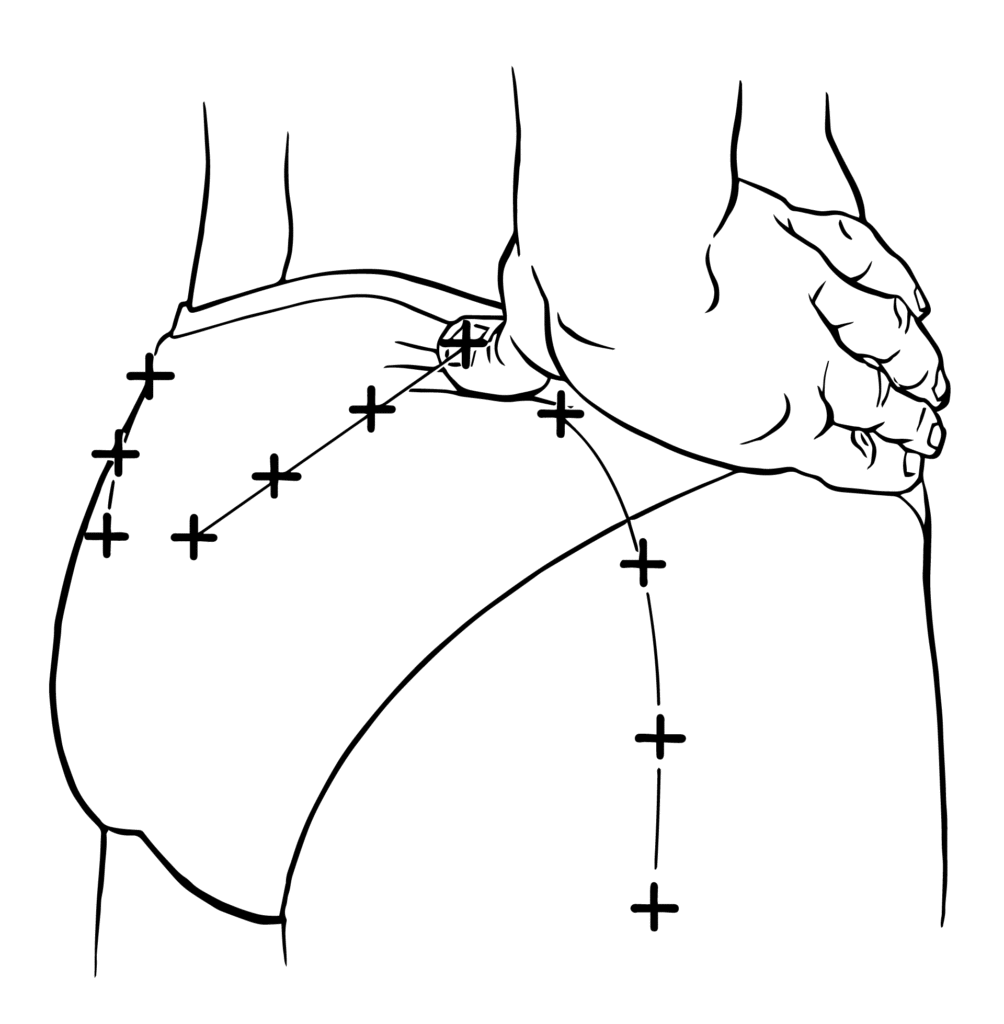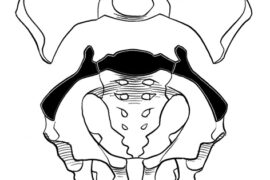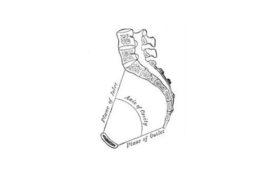PGP can felt all around the pelvis
Pelvic girdle pain (PGP) can range from mild to severe and can be felt in different locations around the pelvis. Common areas where women feel PGP are in the pubic joint, groin, inner thigh, side of the hips, lower back and buttocks. PGP may start in pregnancy and can continue into postpartum, or may even start only after a delivery. It can also differ from experiences in previous pregnancies. Pain can be there constantly or may come and go.
Posture and movement
Pain is often felt after being in a position for period of time: e.g. after 10 minutes of standing, 20 minutes of sitting or after 60 minutes of lying down. Pain is often also felt when changing positions, such as sit to stand, or rolling over in bed.
When do you need to see a doctor?
Consult your physician when there are also signs of pain, numbness or weakness in the lower leg, ankle, foot or toes. If you experience a sudden change in bladder or bowel function (inability to go or leakage) inform your midwife or specialist. If you are experiencing urinary or bowel incontinence, vaginal or sexual pain, or vaginal heaviness or bulging, pelvic floor physiotherapy can be very helpful. It’s important to address these concerns as they can impact quality of life.
When do you need therapeutic help?
If your pain is making things difficult, a Rost Therapist can help you improve your pain and function and help you gain control of your movement again. Women may also find our free app Rost Moves Mamas helpful, as it clearly outlines daily movements with photos and texts of do’s and don’ts.












